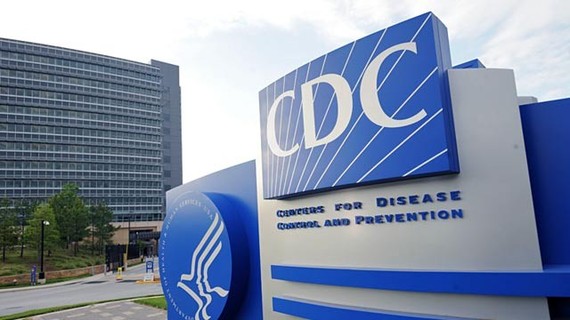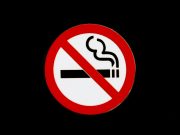Every other year, public schools participate in the YRBS, which surveys youth on various behaviors including substance use patterns. The survey aims to help inform lawmakers on any policies they may be considering and in previous years, the CDC has published the results in the summer of the following year. “For example, during the middle of the first year of the COVID-19 pandemic, the 2019 YRBS results were available in August,” explains IWF.
“Yet, as of early December, the CDC has not released the 2021 survey results. This is quite odd considering that some states, including Montana, Rhode Island, and Wisconsin have released their own state’s YRBS results,” adds the article.
IWF adds that this delay is suspicious given that the significant funding the CDC has received from Bloomberg. “It’s even odder considering that, since 2019, billionaire e-cigarette opponent Michael Bloomberg has donated $10.5 million to the CDC Foundation for the ‘monitoring of e-cigarette use among youth,’ including ‘adding more nuanced, key indicators to state-based youth surveillance systems,’ such as the YRBS. You’d think, given this influx of funding, the agency would be able to release this information on time.”
Some questions previously found in the survey have been removed
The piece highlighted that some questions previously found in the survey have been conveniently removed. “Yet, it isn’t just the delays; there are missing questions. According to the results from states that have published their 2021 YRBS, the questions relating to youth e-cigarette use have been omitted. Consider the 2019 Montana YRBS. In that survey, students were asked what was “the main reason [they] have used electronic vapor products” and given a list of responses to choose from, including because friends and family members had used them, because they are less harmful and/or cheaper than cigarettes, because of flavors, and “other.”
“That question resulted in only 7% of high schoolers reporting using e-cigarettes because of flavors — an inconveniently low number for those eager to ban flavors. Fast forward to the 2021 YRBS, and the question was changed from the reasons why they had used an e-cigarette to what flavor of e-cigarette they are using, thereby getting rid of that nuisance of a low percentage vaping for the flavor.”
Teen vaping has dropped by a third
Meanwhile, the 2020 National Youth Tobacco Survey (NYTS) conducted by researchers at the FDA and the Centers for Disease Control and Prevention (CDC), indicated that e-cigarette use amongst teens dropped by a third.
Carried out between January 16th and March 16th, the school-based survey indicated that 19.6% of high school students (3.02 million) reported e-cigarette use, down from 27.5% (4.11 million) in 2019. Amongst middle school students the figure dropped aswell, from 10.5% (1.24 million) in 2019, to 4.7% (550 000).













